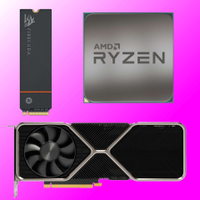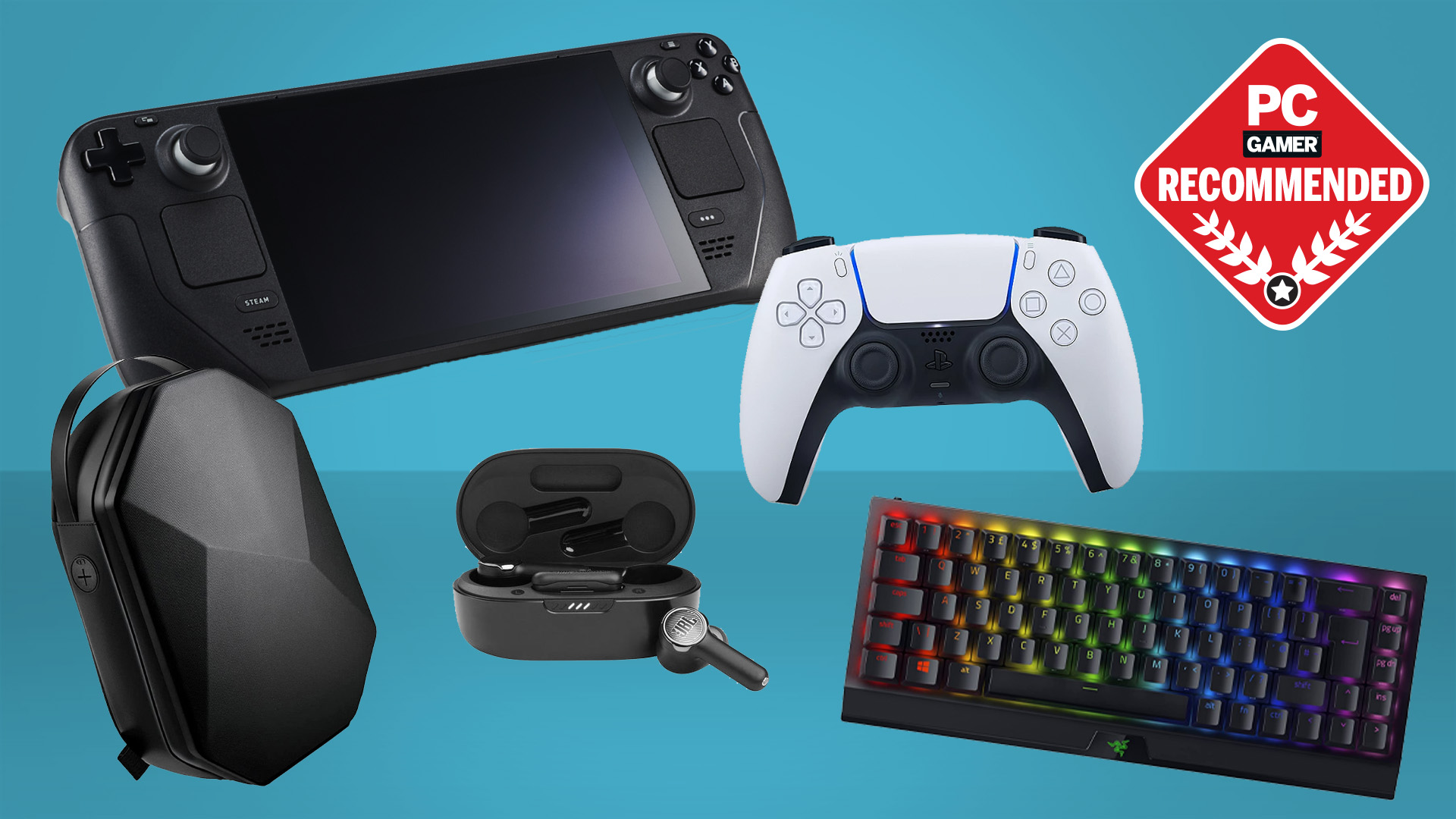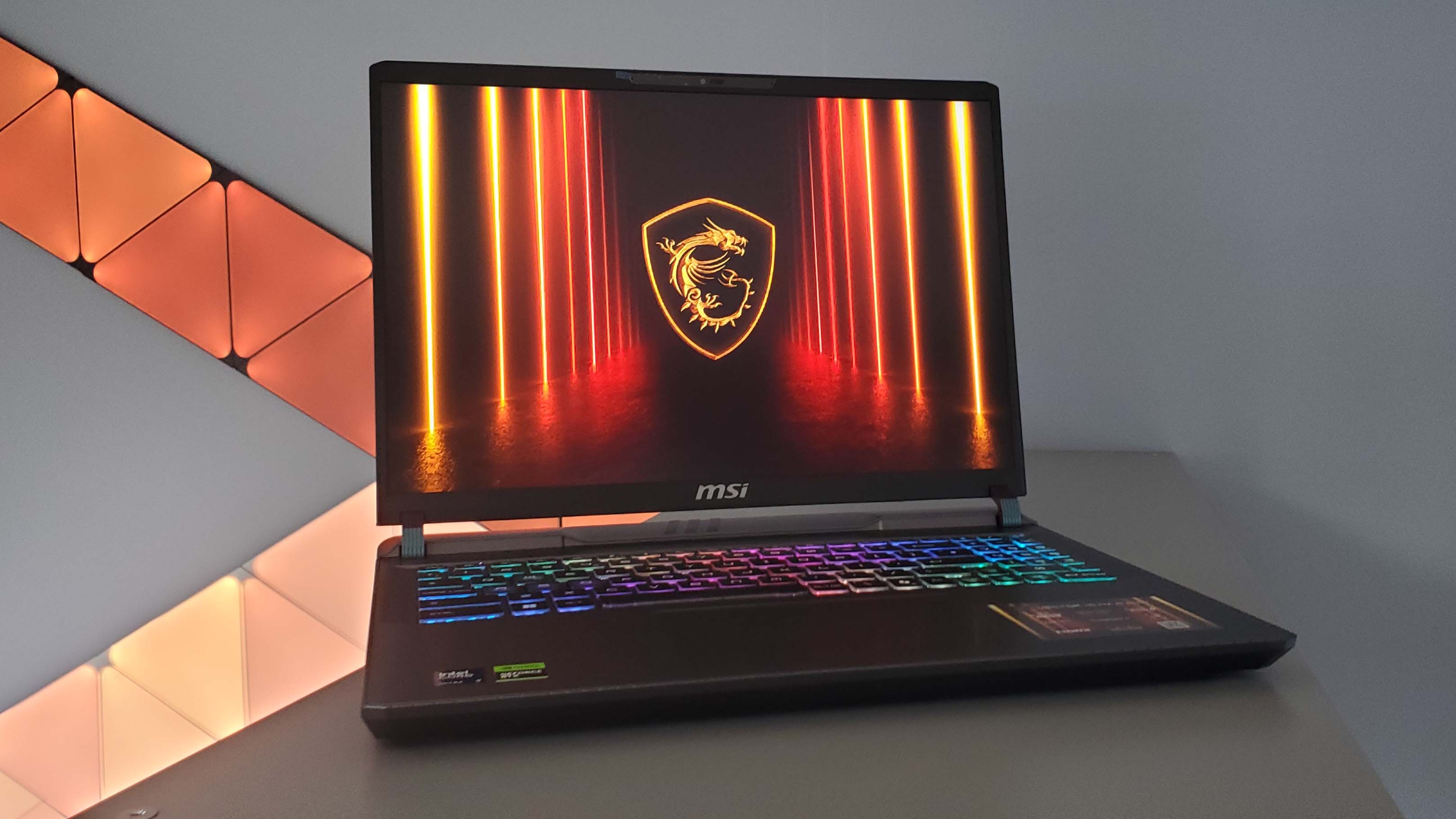Forget the rumoured 18 GB RTX 5070 Super, this utterly epic 96 GB Nvidia GPU will solve all your VRAM worries, kinda
All for the low, low price of $8,500.
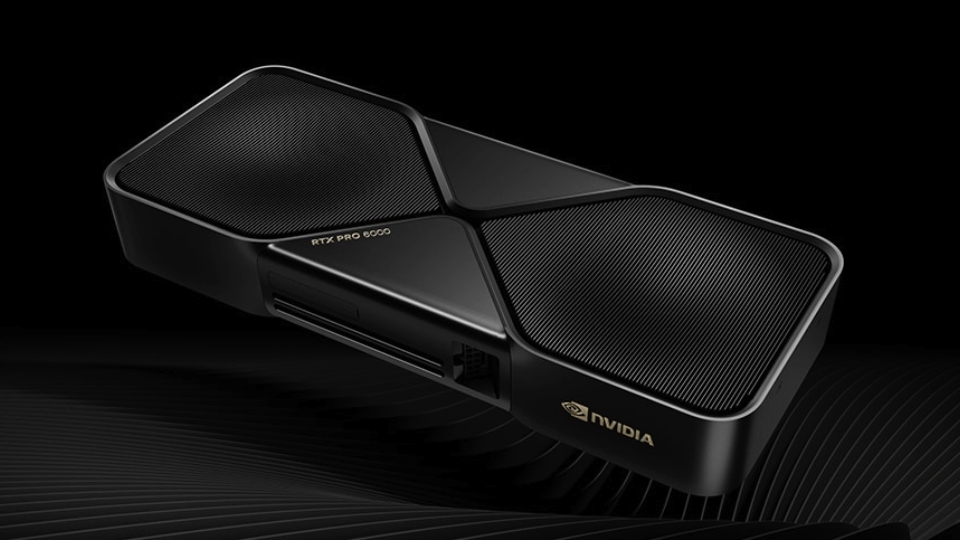
If we can all agree that 8 GB ain't cutting it in 2025 for a proper gaming graphics card and even 12 GB is becoming marginal in the most demanding titles, how to solve that pesky VRAM anxiety for the long term? Well, there's a rumoured RTX 5070 Super with 18 GB. But why not obliterate any thought of running out of graphics memory pretty much forever with a 96 GB card?
Yup, Nvidia will sell you such a card, and it's not based on an irrelevant GPU built specifically for AI processing. In fact, the Nvidia RTX Pro 6000 Blackwell Workstation Edition uses the same GB202 chip as the mighty GeForce RTX 5090. Except the RTX Pro 6000 gets a very nearly fully enabled GB202 GPU with a ridiculous 24,064 CUDA cores, up from the feeble 21,760 cores of the RTX 5090.
Add in that 96 GB of VRAM, three times the 32 GB you get with the 5090, and you have an absolute beast of a video board. It's the ultimate in future-proofing, surely?
Well, possibly, but there are a couple of pifflingly minor caveats. First, the RTX Pro 6000 has an MSRP of $8,565. That's not great value considering the RTX 5090 with the same GPU, albeit slightly cut down, has an MSRP of $1,999. Even if you factor in the $3,000 that 5090s tend to go for in the real world, you're paying awfully heavily for that extra 64 GB of VRAM.
The other snag is that, despite the fact that the RTX Pro 6000 uses exactly the same gaming-optimised GB202 silicon as the RTX 5090, it doesn't have the same gaming-centric drivers. In reality, it could be a fair bit slower than an RTX 5090 in games.
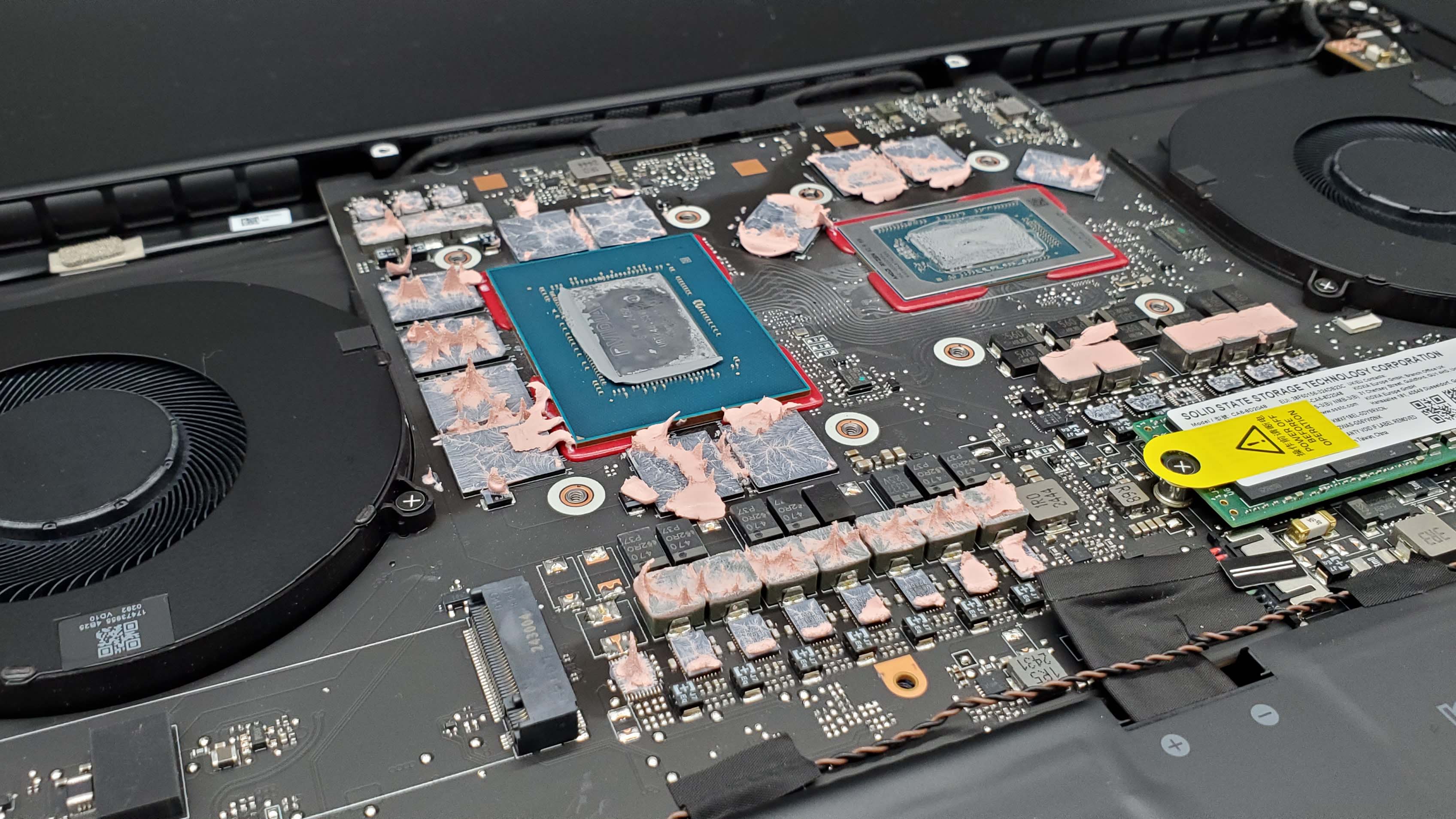
That's despite a higher peak boost clock of 2,600 MHz to the 5090's 2,407 MHz. The RTX Pro 6000's base clock is actually around 400 MHz lower than the 5090 at 1,590 MHz. All with a 600 W TDP.
Moreover, if you could somehow wangle an RTX 5090 at MSRP, then do the same with its successors, presumably the RTX 6090 and RTX 7090, you could probably enjoy all three over a six year period for near enough what you're paying for the RTX Pro 6000.
The biggest gaming news, reviews and hardware deals
Keep up to date with the most important stories and the best deals, as picked by the PC Gamer team.
As for that rumoured RTX 5070 Super with 18 GB, we're talking about a mere forum post referring to such a card. So, it's the most wafer-thin of rumours. But it does make sense.
There's a new variant of GDDR7 memory with 3 GB per chip, which would allow for 18 GB on the RTX 5070's 192-bit memory bus. Indeed, it's those 3 GB chips which allow Nvidia to create a 24 GB RTX 5090 laptop GPU with a 256-bit memory bus, where you'd normally expect 16 GB.
Likewise, an 18 GB RTX 5070 Super would sit more easily in the GeForce range now that Nvidia has released the RTX 5060 Ti with an optional 16 GB variant. It's a little odd to find the $429 RTX 5060 Ti 16 GB is cheaper than the $549 RTX 5070 with just 12 GB.
Whether Nvidia actually releases an RTX 5070 Super with 18 GB, we'll have to wait and see. At the right price, it could be a decent long-term investment. But expecting an Nvidia GPU at the right price is typically an exercise in frustration.
Best CPU for gaming: Top chips from Intel and AMD.
Best gaming motherboard: The right boards.
Best graphics card: Your perfect pixel-pusher awaits.
Best SSD for gaming: Get into the game first.

Jeremy has been writing about technology and PCs since the 90nm Netburst era (Google it!) and enjoys nothing more than a serious dissertation on the finer points of monitor input lag and overshoot followed by a forensic examination of advanced lithography. Or maybe he just likes machines that go “ping!” He also has a thing for tennis and cars.
You must confirm your public display name before commenting
Please logout and then login again, you will then be prompted to enter your display name.
